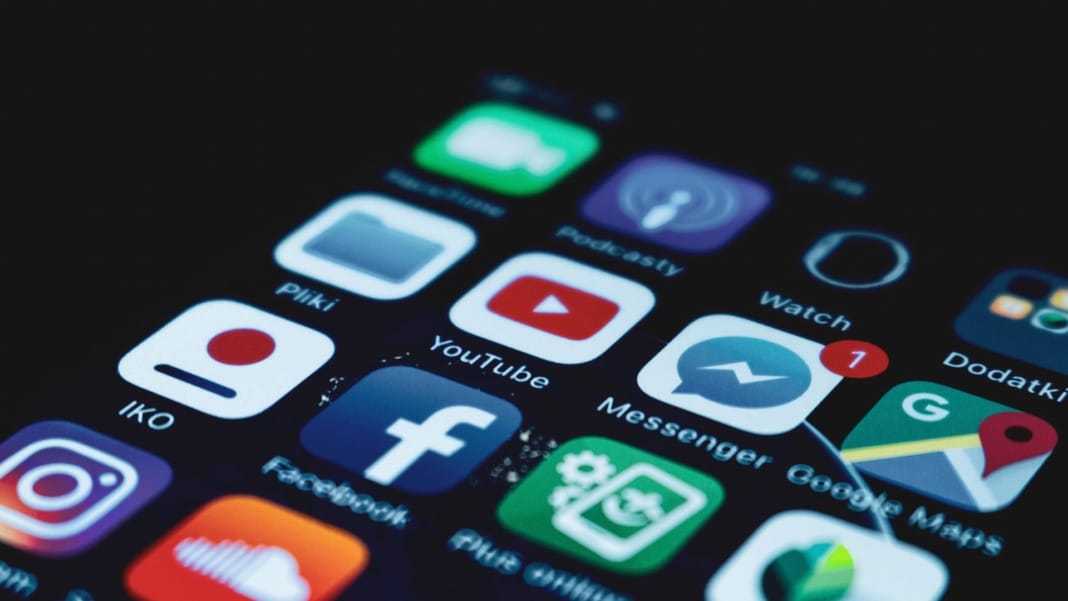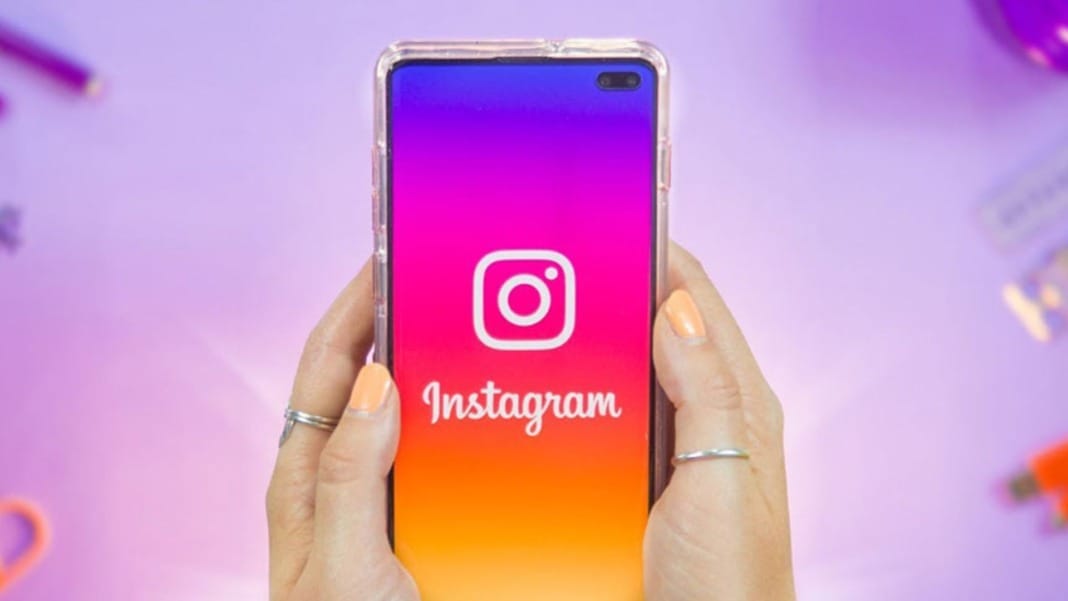YouTube now offers creators the choice to let third-party companies use their videos to train artificial intelligence (AI) models. This new feature is entirely optional, with the default setting turned off. If you’re not interested in allowing companies to use your content for AI purposes, you don’t need to take any action. However, if you see value in this feature, YouTube allows you to opt in.
According to Google, this feature could benefit certain creators and rights holders who want to explore new ways to leverage their content in the growing AI landscape.
How the opt-in feature works
According to a support post by Rob from TeamYouTube, the new setting will appear in YouTube Studio over the coming days. Unauthorised content scraping remains prohibited, meaning your videos are protected unless you explicitly allow access.
If you opt-in, you can share your videos with all third-party companies or select specific ones from a pre-approved list. This list includes some of the biggest names in tech and AI development, such as AI21 Labs, Adobe, Amazon, Anthropic, Apple, ByteDance, Cohere, IBM, Meta, Microsoft, Nvidia, OpenAI, Perplexity, Pika Labs, Runway, Stability AI, and xAI.
YouTube spokesperson Jack Malon confirmed the list’s accuracy in a statement to The Verge. He explained that these companies were chosen because they’re actively building generative AI models and could offer valuable partnerships for creators.
Why YouTube introduced this feature
This update responds to growing concerns about AI models being trained on data sourced from platforms like YouTube without explicit consent. Recent reports have highlighted that companies such as OpenAI, Apple, and Anthropic have been using datasets scraped from YouTube to train their AI tools.
Google has a history of using YouTube content for AI and machine learning applications. In a statement earlier this year, Google explained, “We use content uploaded to YouTube to improve the product experience for creators and viewers across YouTube and Google, including through machine learning and AI applications. This is done in line with the terms that creators agree to.”
Rob from TeamYouTube called this move “an important first step” towards fostering new collaborations between creators and third-party AI companies. YouTube also plans to gather feedback from creators to refine the feature and introduce additional tools to enable authorised content access in the future.
What this means for creators
This feature could mark a new chapter in how creators monetise and share their content. By partnering with major AI companies, creators might uncover innovative ways to benefit from their videos beyond traditional revenue streams.
However, for those concerned about misuse or unclear agreements, YouTube’s opt-in system ensures you retain full control over your content. Nothing will change if you choose not to participate, and your videos will remain off-limits to third-party companies.
This move signals YouTube’s broader vision of integrating creators into the AI-driven future while balancing concerns about content protection. As this setting rolls out, creators can explore the potential of this feature while maintaining control over their intellectual property.





